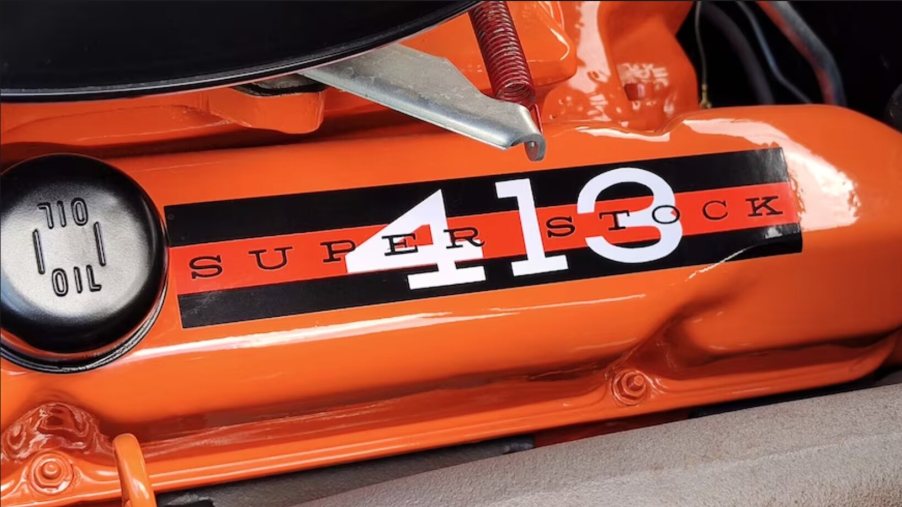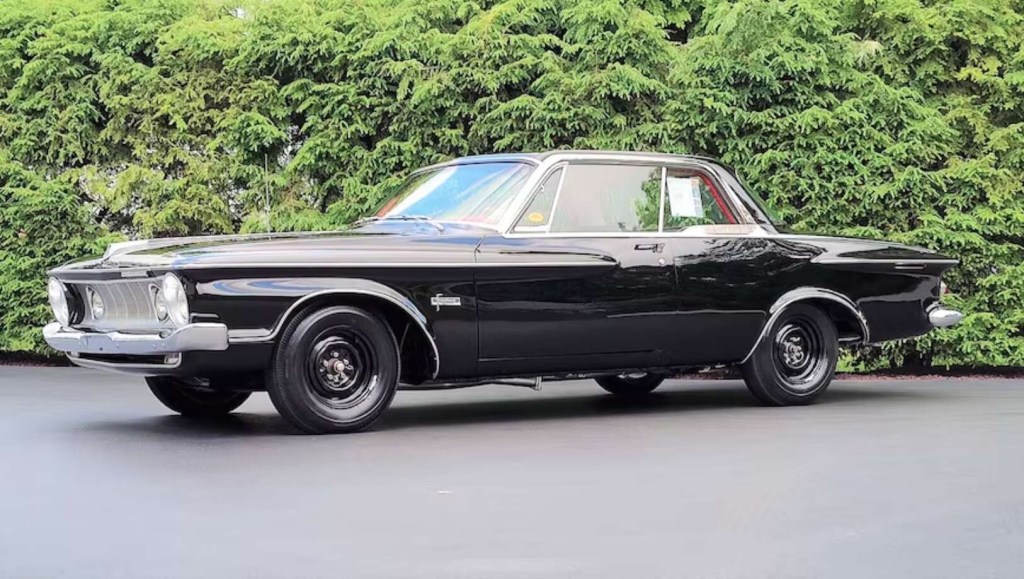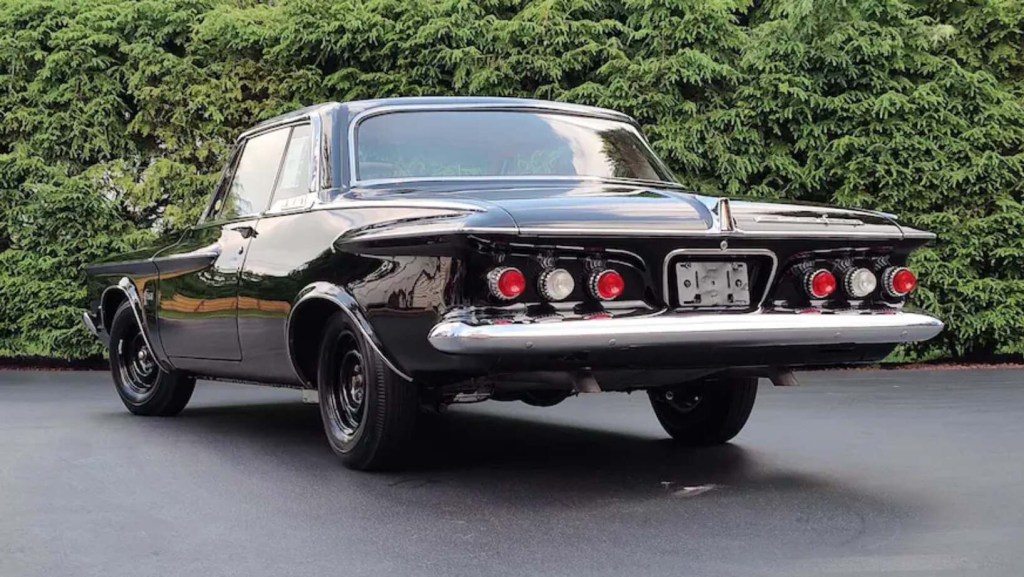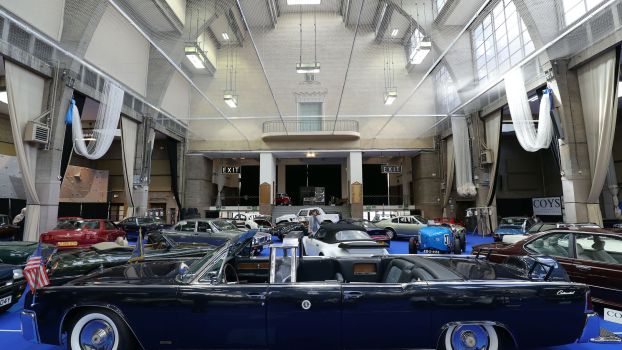
The 1962 Plymouth Fury Super Stock Is the True First Muscle Car, and You’ve Never Heard of It
Muscle cars are in their own universe. Nothing that makes for a good car in any other automotive segment applies to muscle cars. They are heavy, clunky, big, inefficient, handle poorly, and take forever to stop. A great muscle car is not necessarily a good car; in fact, it probably isn’t. That said, muscle cars still captivate us. They are hard not to love. As iconic as the Dodge Challenger or Hemi Cuda is, there are some lesser-known muscle cars that really deserve more time and attention. One such lead sled is the very rare 1962 Plymouth Fury Super Stock. This might be the coolest muscle car you’ve never heard of.
What was the first muscle car?

When most of us think of muscle cars, we tend to focus on big American cars from the late 1960s and early 1970s. The 1964 Pontiac GTO is commonly considered the first proper muscle car. The formula for creating a muscle car is simply dropping a massive motor in an otherwise unimpressive sedan, then maybe painting it a fun color. While 1962 is a touch early for the muscle car designation, the Plymouth Fury Super Stock has all the earmarks of a great muscle car and happened two years before the GTO. Not only was the Fury two years before the GTO, but it also had a bigger motor making more power (410/420 hp compared to the GTO’s 325 hp).
Why is the Plymouth Fury Super Stock so obscure?
As with all proper muscle cars, the Fury Super Stock drew its power from the deep pools of a cartoonishly huge V8. The Max Wedge 413 was the eight-cylinder beast chosen by maniacs at Plymouth. This massive V8 made either 410 hp or 420 hp, depending on the configuration. The Max Wedge was backed up by a superior three-speed TorqueFlite 727 automatic transmission compared to the GTO’s two-speed Super Turbine 300.
If the 1962 Super Stock outperformed the 1964 GTO, then why does the GTO get the clout as the first muscle car? Thanks to MotorTrend’s long-standing position in the automotive world, it is in a unique position to explain that the GTO enjoys its place in the sun because of good old-fashioned PR. The GTO simply got better press. Thems the breaks, kid.
Proving the point, only 298 Plymouth Max Wedge cars were ever built, making the Plymouth Fury Super Stock a rare bird indeed. Pontiac, on the other hand, built 32,540 GTOs in 1964 alone.
Another small detail hurt the Super Stock. While the hopped-up Fury was street-legal, these cars were marketed as competition cars. Most of the models sold were used as racing cars. The GTO, which certainly still raced, was not marketed as a race car; it was a muscle car. Making matters worse for the Super Stock, it cost $3,308 after the Max Wedge option. The GTO started at only $2,491.
The Plymouth Fury Super Stock is one of the best-looking muscle cars ever made

It’s no secret the Dodge Charger and Challenger, Ford Mustang, Hemi Cuda, and plenty of other classic muscle cars are attractive chunks of steel. However, muscle cars are famous for their brutish power, not their brilliant artistic design. That said, every inch of the Fury Super Stock was designed with intent, passion, and beauty in mind. Look at it.
This is a muscle car that is far more striking and complex than many of its predecessors. Thanks to Chrysler’s styling chief Elwood Engle spending more time on the Fury, the Super Stock has some transitional swoops from the late ‘50s along with future muscle car classic design cues like the slab-side. Describing the beauty of a car like this feels clunky. Just take a look and compare to others like the 1964 GTO. There is no competition.





